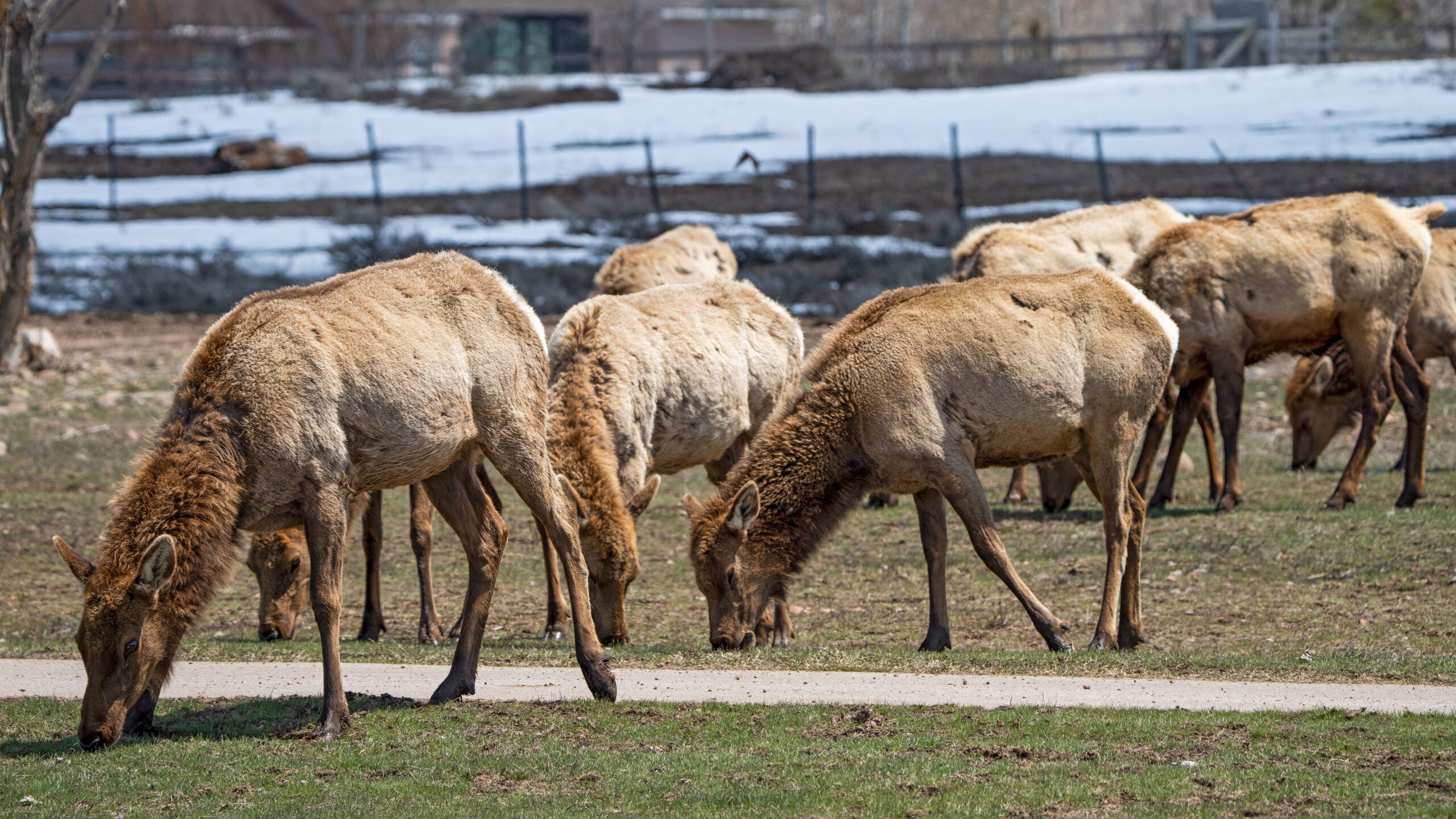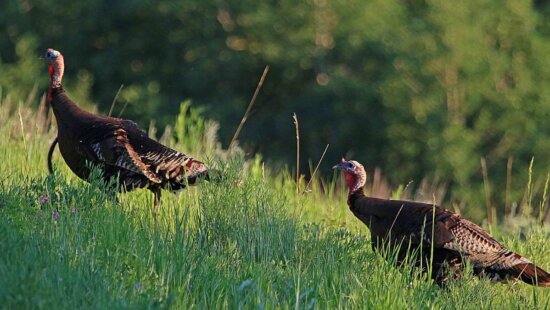Environment
Unwanted pet fish being found in Utah waters, says DWR

Goldfish found in a pond Photo: courtesy of Utah Division of Wildlife Resource
UTAH, — Utah Division of Wildlife Resources (DWR) issued a statement on Thursday reminding the public it is illegal to release their unwanted pet fish or move fish caught from one body of water to another. Beyond the illegality, releasing non-native species into an ecosystem harms native species.
DWR biologists conduct surveys in the spring and fall in various lakes and streams throughout the state. The objective is to gain data such as weight, condition, and population numbers of native species. Through these surveys, biologists have come across many occurrences of nonnative fish from the aquarium trade being present.
“Illegal fish introductions seldom improve fisheries — instead, illegal introductions typically ruin fisheries and threaten the species that live there,” DWR Sportfish Coordinator Randy Oplinger said. “It is also illegal in Utah and can result in a class A misdemeanor.”
In Millrace Park Pond in Taylorsville, an oscar fish that is native to South America was found. On August 28, a pond located in the Mail Draw Wildlife Management area was discovered to have hundreds of goldfish living in it. There has been a long list of incidents like this discovered by biologists over the last two decades.
It’s not only exotic fish that have become a problem; in 2016, illegally introduced walleye were found in Echo Reservoir. To combat the situation, DWR introduced sterile Walleye into the reservoir to help decrease the number of actively reproducing walleye.
“It is very expensive and takes a long time — often requiring rotenone treatments that kill all the fish — to restore these waterbodies after fish have been illegally introduced,” Oplinger said. “Please help our native fish species and maintain quality fishing in Utah by never dumping a fish.”
DWR is asking for help from the public to report any invasive species they find, illegal fish introduction to a waterbody, or trying to relocate a live fish to call 1-800-662-3337 or visit the “Don’t Ditch a Fish” page on the DWR website.



















